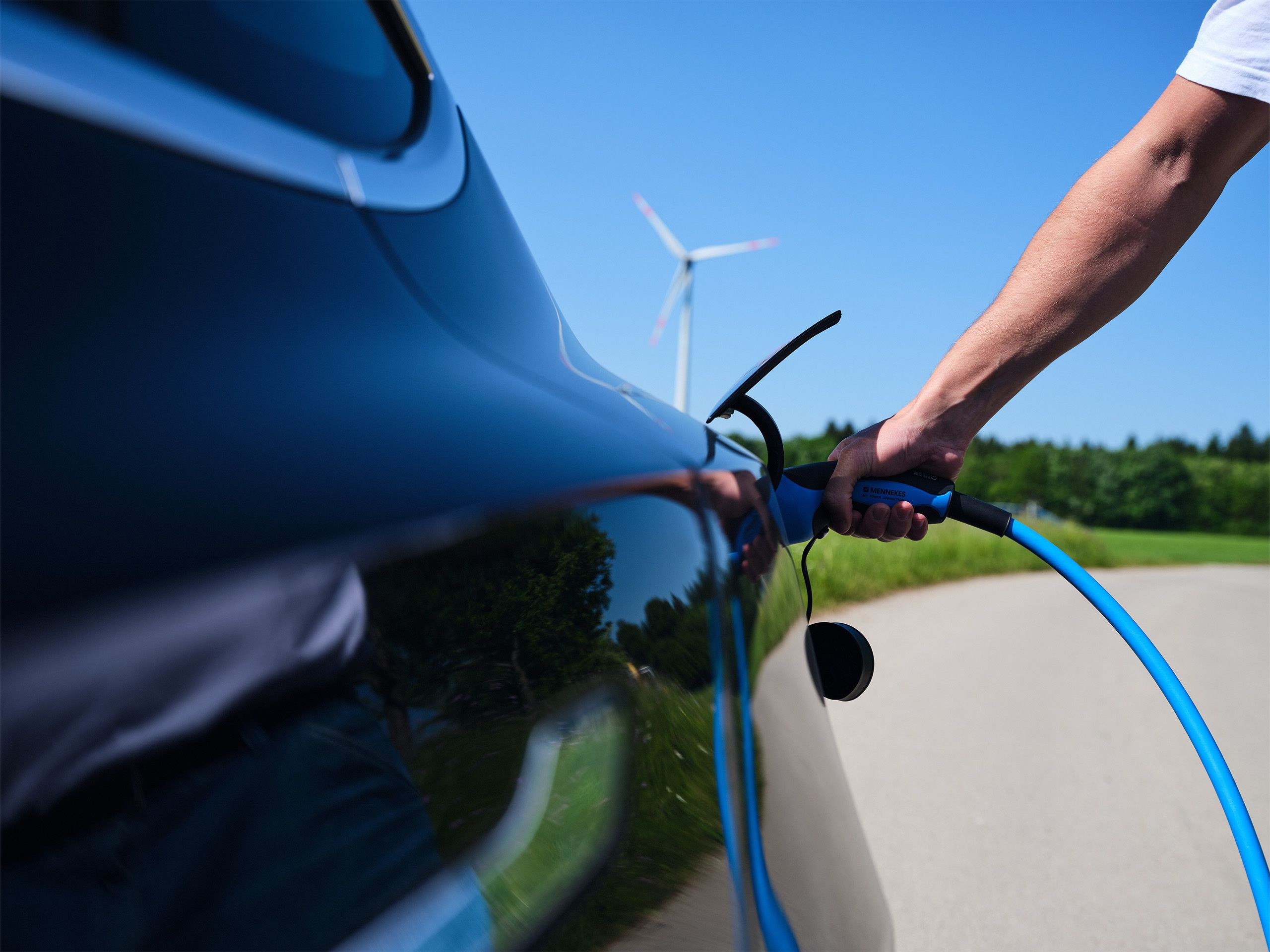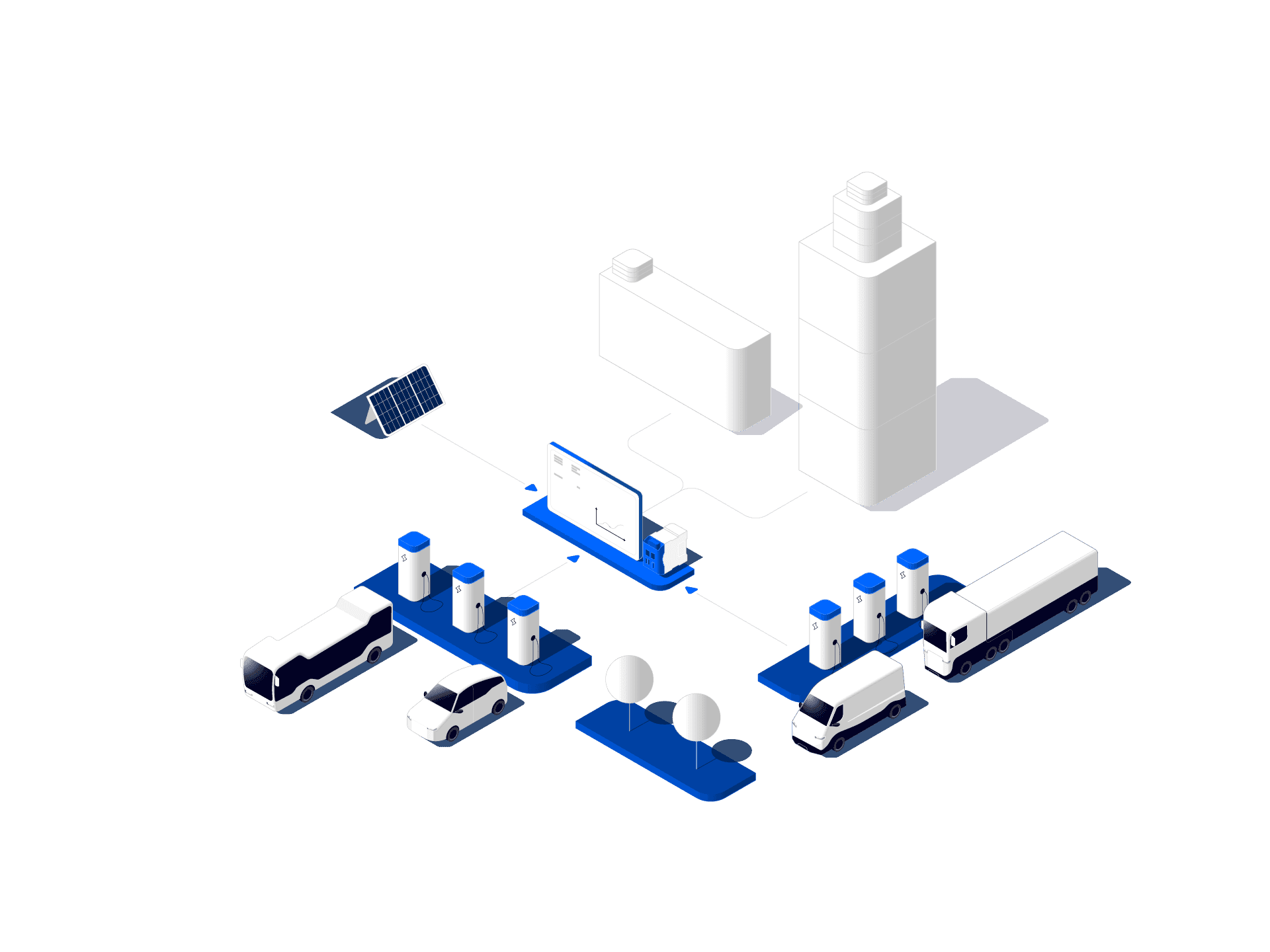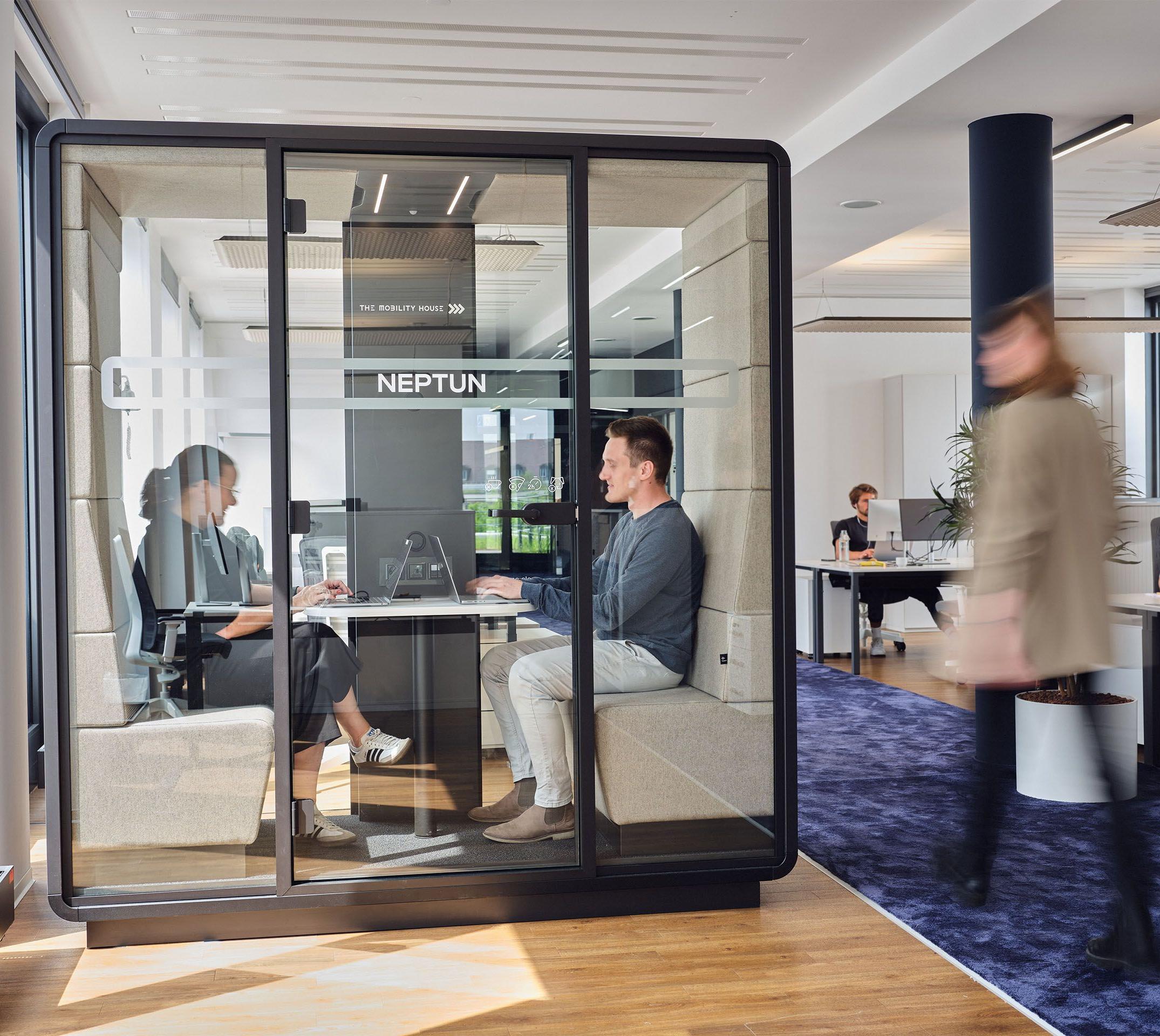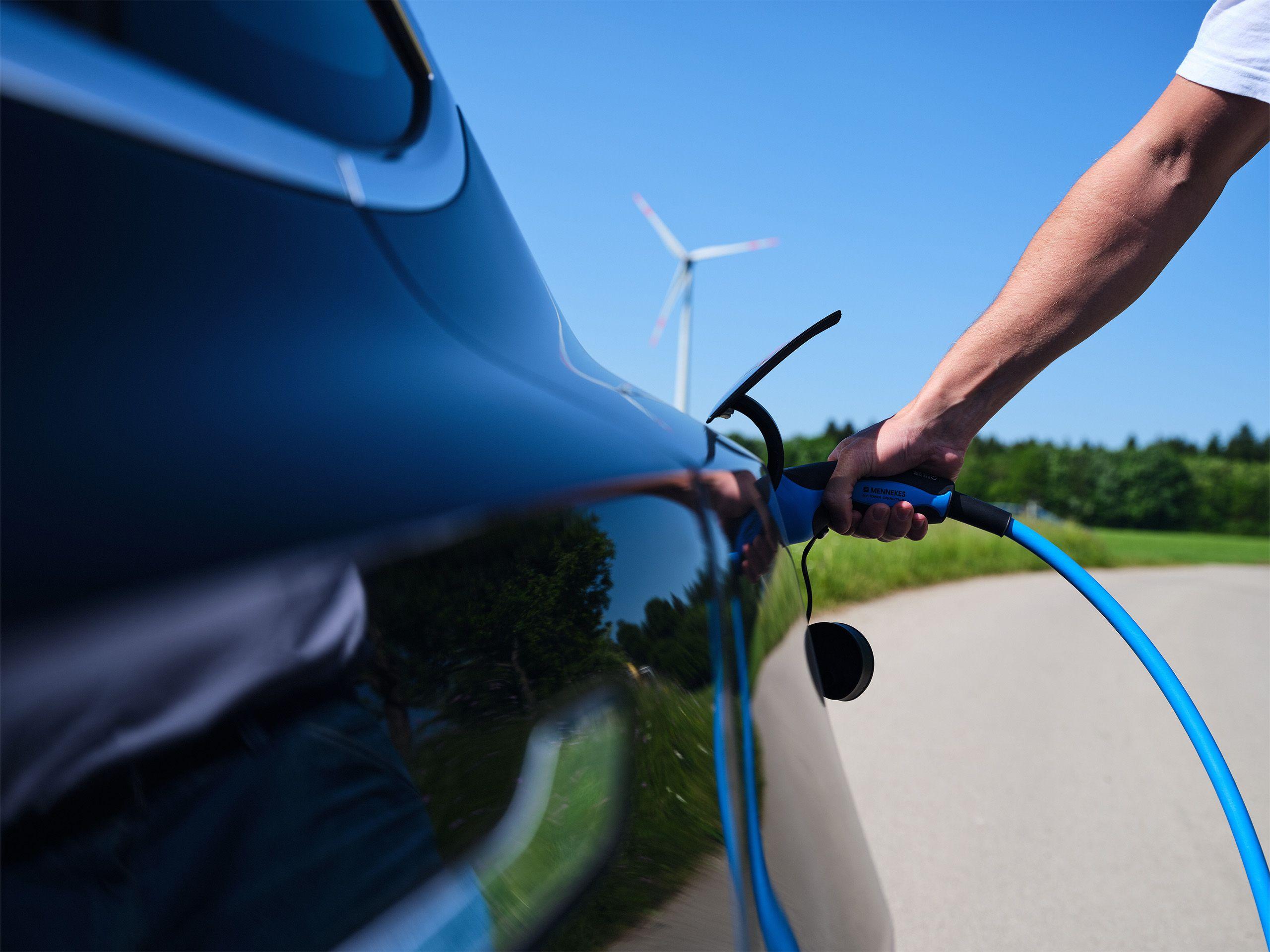Together, we can achieve zero emissions at zero cost

This is why we are bringing e-mobility and renewable energies together.
We are creating the future of mobility
Climate-neutral mobility - that is our vision. To achieve this, we need to become independent of fossil fuels. We can achieve this with our 360° charging solutions and the smart use of electric vehicle batteries as part of the power grid.
We want to further reduce the costs of e-mobility. To this end, we are integrating e-vehicles into the energy market and ensuring savings through our smart charging solutions.
We are doing everything we can to make a difference in the world of energy and mobility. What drives us is our shared vision and the desire for a sustainable future for us all.
Our values
Powered by our values
We are on the right track

Leading in smart charging technology
Our technology platform ChargePilot® enables reliable and efficient charging of electric vehicle fleets and vehicle grid integration using intelligent charging and energy solutions. ChargePilot® has been rolled out across Europe and North America with leading electric bus operators, delivery service fleets and on corporate campuses.
Our team
A team full of energy is looking for you
Join us in our mission to create an emissions-free energy and mobility world. You can expect a diverse team, a wide variety of challenges and the spirit of a shared vision.


By our side on the way to the future
Always keep updated on the latest developments in e-mobility with our blog, webinars and co.
Latest news

- The Mobility House Energy is one of three leading battery optimizers on the terralayr platform.
- terralayr customers gain direct access to The Mobility House Energy’s many years of battery trading expertise through an ”ETF-style” approach that improves the overall risk-return profile.
- As a “designated optimizer”, The Mobility House Energy optimizes both allocated and unused capacity, thereby maximizing returns for asset owners.
_e35d7300a239cdc1518652f78dc4ffc0.png&w=3840&q=75)
-
Regulatory breakthrough:
By abolishing double grid fees, the German Parliament has removed the main
obstacle to Vehicle-to-Grid, making V2G economically viable from 2026.
-
System stability through EV flexibility:
Existing electric vehicles will soon be able to provide as much flexible
power as a large power plant – distributed across millions of cars.
- Ready to scale from 2026: Fair grid fees and the MiSpeL framework now create the first reliable conditions for bringing V2G to market at scale.

- The Mobility House Solutions introduces dynamic tariff optimization in ChargePilot®, enabling intelligent charging when electricity prices are low or even negative. Electric fleets can cut energy costs by an average of 25-30%.
- ChargePilot as the central hub: Smart charging and vehicle-grid-integration make every fleet ready for the future of energy.
- Mobility takes priority: Reliable operation always comes before cost optimization.
Contact
Would you like to know more about our vision or our products and services for an emission-free future? Then simply contact us - we look forward to hearing from you!



